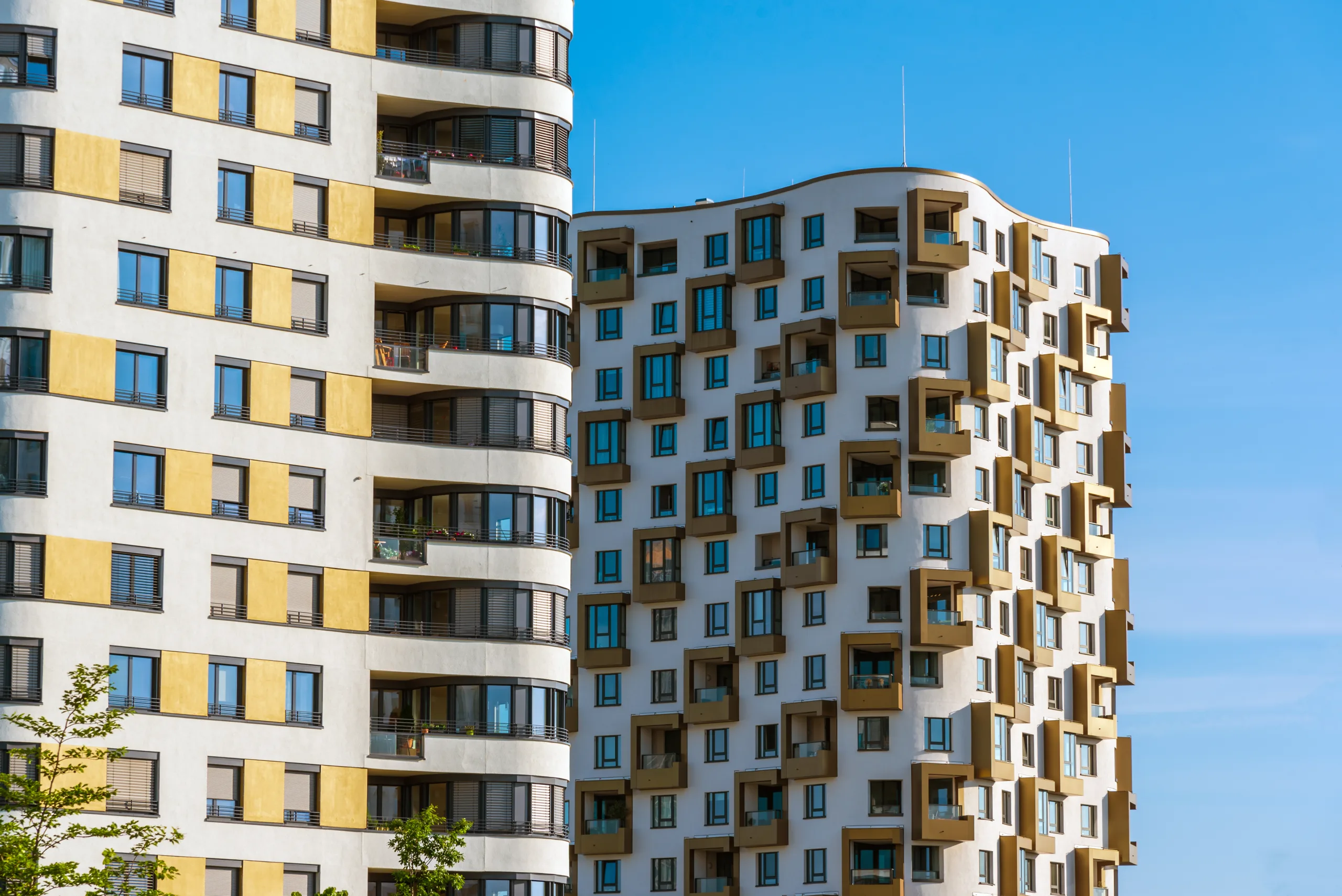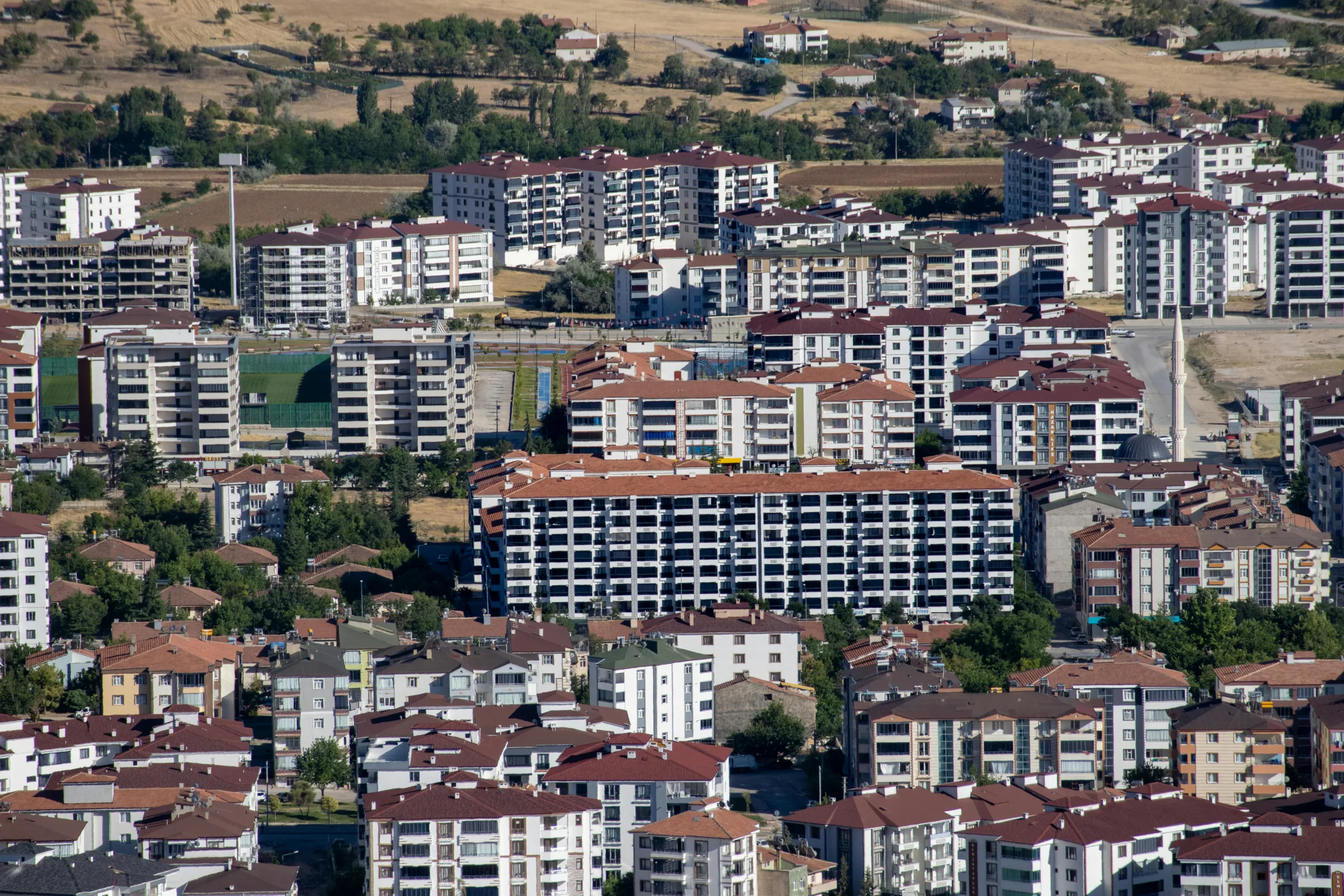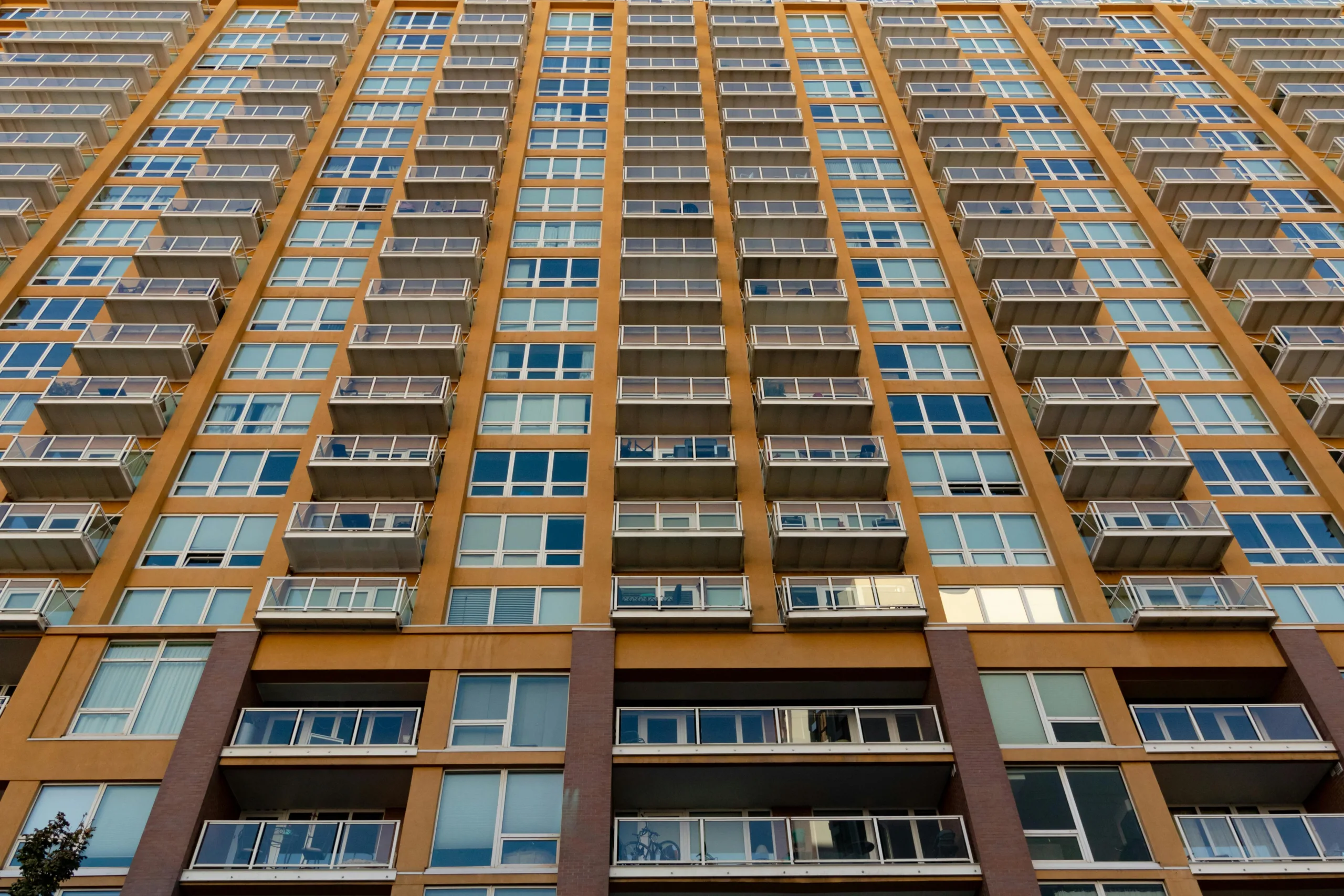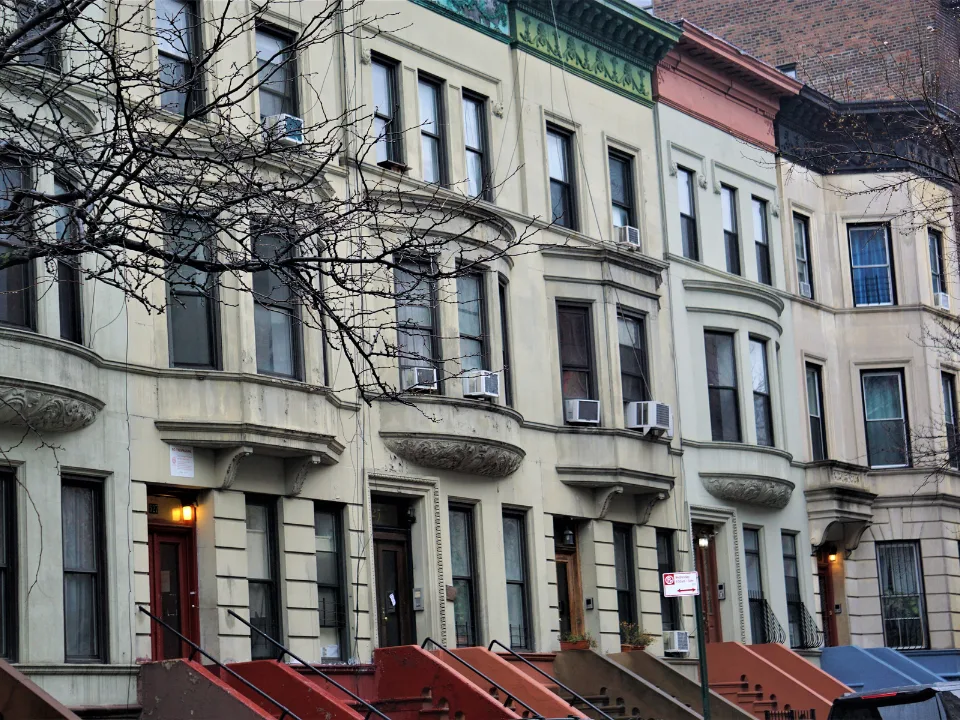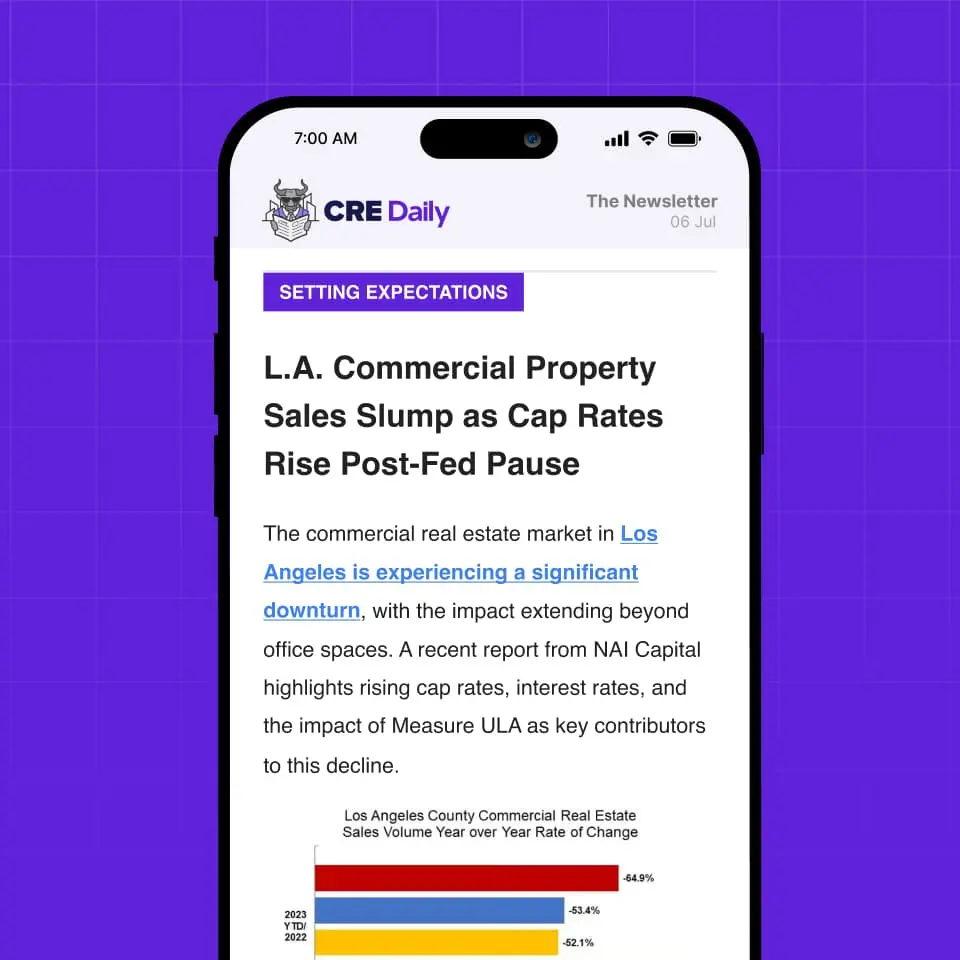- CRE debt maturities will reach a peak of $1.26T in 2027, with office properties facing the greatest refinancing pressure.
- Lower interest rates and stronger fundamentals in multifamily, industrial, and retail sectors are improving the refinancing outlook.
- Lenders are continuing to work with borrowers by extending and restructuring loans instead of pushing for distressed sales.
- Sectors like industrial, multifamily, retail, and hospitality are showing low distress levels and strong investor and lender interest.
Debt wall outlook
A wave of commercial real estate loans made around 2015 is now maturing, with a peak of $1.26T expected in 2027, according to CoStar.
Initially, this sparked concerns as many of those loans carried lower rates (4.1% to 4.7%) and would need refinancing in today’s higher rate environment (around 6.5%).
But analysts say the outlook has improved.
The Federal Reserve’s recent rate cut and expectations for more reductions in 2026 could ease the refinancing burden. Market fundamentals are also helping, with rising occupancies, falling construction starts, and moderating inflation providing stability across most property types.
Office remains weakest link
Office real estate remains the problem child. CMBS data shows $21.3B in office loans maturing before the end of 2026, much of it already showing signs of distress:
- 83.7% delinquent
- 92.7% in special servicing
Remote work trends and demand shifts continue to weigh on the sector. Analysts say refinancing will depend on whether a property has a compelling recovery story and the willingness of lenders to buy in.
Still, experts like CoStar’s Phil Mobley suggest most lenders will choose to extend and restructure loans rather than foreclose, especially with improving market sentiment.
Get Smarter about what matters in CRE
Stay ahead of trends in commercial real estate with CRE Daily – the free newsletter delivering everything you need to start your day in just 5-minutes
Stronger ground for other sectors
Industrial: With a 96.8% occupancy rate and only $3.7B maturing in 2026, the sector remains healthy. Even with softening rent growth, investor demand and dry powder from lenders remain strong.
Multifamily: CMBS multifamily loans show just 0.5% delinquency for 2026 maturities. Support from Fannie Mae and Freddie Mac continues to provide stability, and agency lenders report very low levels of distress.
Retail: Despite store closures, the retail sector benefits from high occupancy and limited new supply, helping maintain refinancing viability. Of the $19.2B in CMBS loans, distress is concentrated in older loans, but fundamentals remain strong for most properties.
Hospitality: While some hotels may need equity injections to refinance, analysts expect low default rates thanks to improving travel demand and anticipated rate cuts.
The Bottom Line
The looming $1.26T in commercial real estate debt maturities presents real challenges, especially for the office sector. But thanks to expected interest rate cuts, steady fundamentals, and ongoing lender cooperation, the so-called “debt wall” may turn out to be more of a manageable ramp than a catastrophic cliff.
Experts predict continued selective refinancing, with high-quality assets getting the best terms while marginal properties may still require restructuring or face distress.


